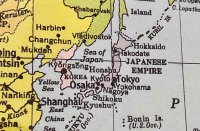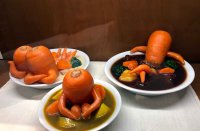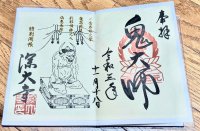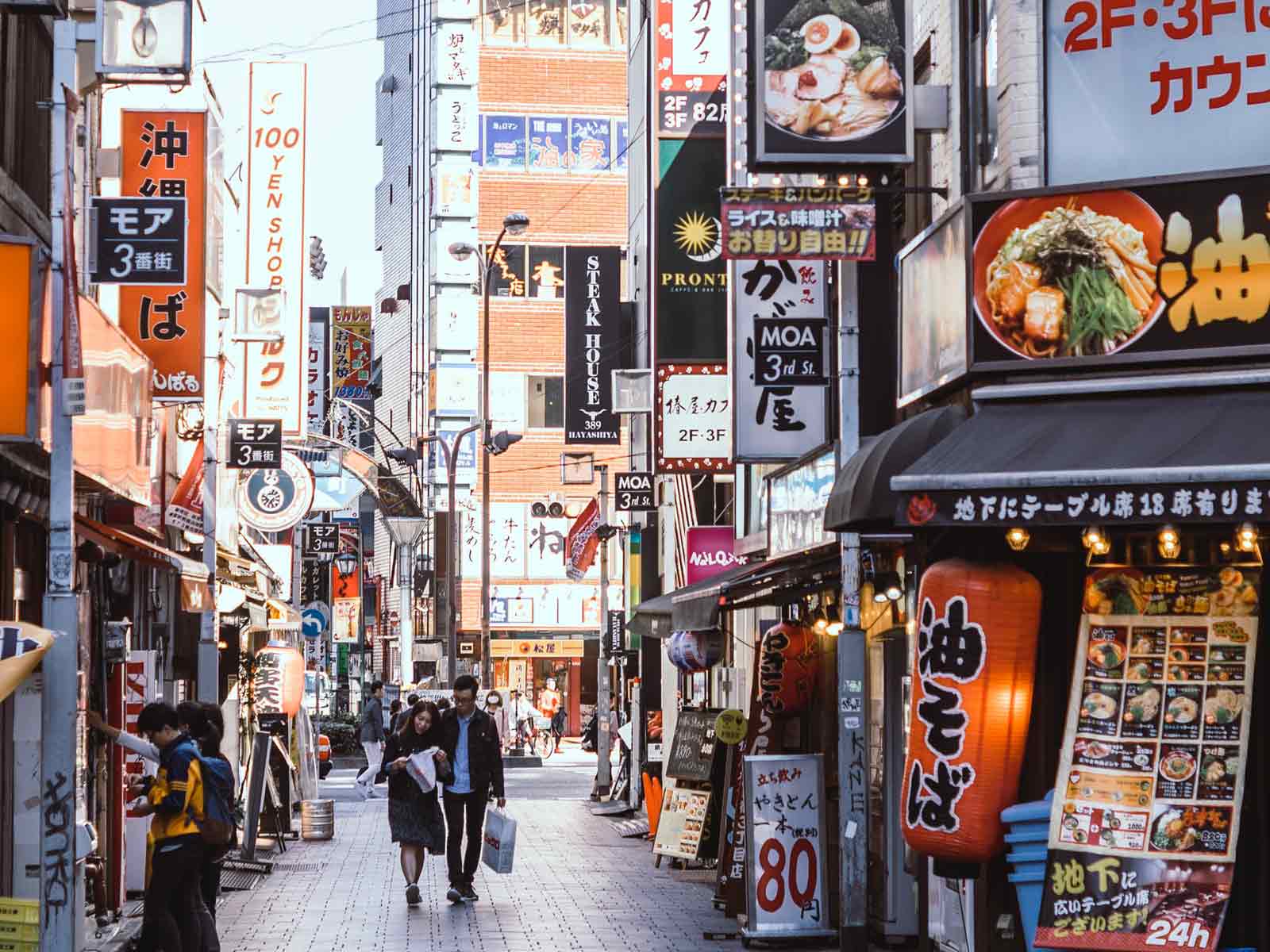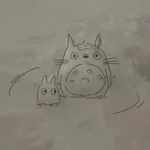The increase proliferation of snacks in North America signifies two things: the increase number of Asians in the countries and the increase appreciation for Asian snacks. This article will tell you some fun facts about some of the most popular Asian snacks in North America, and disclose what is behind these cute visages.
Snacks contain my fondest childhood memory. It reminds me of times that I visit grocery stores with my parents. It reminds me of times when I do well in class and am rewarded (with snacks). It reminds me of times during recess, when my friends race to the school’s snack shop to buy our favourite snacks. Sometimes, when I walk into an H-mart and see an aisle-full of snacks, it makes me feel nostalgic, miss home, miss Asia.
Hello Panda by Meiji Seika
You know a snack is popular in Western countries when it has its own Wikipedia page (in English). “Hello Panda” is probably one of the most ubiquitous Asian snack in North America. Manufactured by Meiji Seika, a company originated in Japan but now based in Singapore, each panda-cookie is filled with either vanilla, strawberry, match green tea or chocolate (the classic) flavoured fillings.
According to Meiji Australia’s website, “Hello Panda” was first released in Japan in 1979 and remained one of everyone’s favourite until today. There is cute panda printed on every single cookie in the package. The website also claims that it has “lower sugar than many other biscuit brands and nutritionally packed with fibre”.
On My Food Diary website, there is a detail breakdown of the calories of Hello Panda. It shows that every 10 pieces of Hello Panda equals to 160 calories, including 10 grams of total fat.
Meiji’s website also stated that Hello Panda is not only available in your local Asian market but also available at all IGA supermarkets and 7-11 convenience stores.
The adorable packaging and the various flavors has infiltrated not just Asian’s stomachs but also different people around the world. The cookies are exported to most Western countries, such as European countries, United States, Canada, Australia and even the Middle East.
Pocky by Ezaki Glico
According to Pocky’s official website, in 1922, Ezaki Glico launched their first item in a distinctive red box and 44 years later, the company welcomed Pocky into their family. The name was inspired by the Japanese onomatopoeia for the snapping sound made while eating these chocolate-covered sticks.
Long live Pocky stick, it has been around over half-a-decade; yet, it is still many people’s go-to snacks. They are flavour-coated biscuit stick.
The website pointed out that “Pocky is about sharing happiness and bringing people together. The perfect balance of high quality creamy chocolate and the crunch of s biscuit stick gives Pocky its irresistible taste.”
Ezaki Glico also created a salty version of Pocky and named it Pretz. November 11 is Pokkii& Purittsu day, to represent the repeated number 1 in the numerical date. Slowly, this has become a romantic tradition and people will buy their secret crush pocky sticks on the 11th day of the 11th month.
In 2012, the company started a campaign which soul goal was to make the brand the most mentioned brand name on Twitter for 24 hours. On November 11th of the year, “Pocky” was mentioned over 1.8 million times and the record was certified by the Guinness World Records. In the follow year, 2013, the record went up to over 3.7 million. This is how the world admire those chocolate-covered snacks.
Hi-Chew by Morinaga & Company
When I look up Hi-Chew on google, the most asked question is “are you supposed to swallow Hi chew?” This is because the texture of the candy is a cross between chewing gum and fruit-flavoured candies, like Starburst. Therefore, people easily mistaken it as bubble gum, which is only “chew-able” but not “swallow-able”.
According to Hi-chew’s official website, Taichiro Morinaga, the found father of Hi-chew, left for the United States of America at age 23. He tasted his first ever candy that was offered by a good Samaritan. He was fascinated by the flavour and texture of a candy and pledged to learn the secrets of candy-making. When Tichiro returned to his home country after mastering the skills of making candies, he begain to sell them from a pushing cart on the streets.
In 1899, the Morinaga Western Confectionery Shop was opened in Tokyo and the Morinaga continued Taichiro’s work from generation to generation. In 1956, the first Hi-Chew was invented but it was called Chewlets back then. The company continued to invent new candy treats. It was inspired by chewing gum but is even better as “it dissolves as you chew” so you don’t have to take it out form your mouth to dispose it, which in Asian culture, is considered as a little rude. In 1975, Hi-chew became a phenomenon and as of now, it has crafted over 170 different flavours over the years.
Over 100 years, the Morinaga company never gave up making everyone’s favourite candy and continued to improve their products year after year. Now, every time you have a hi-chew, please remember there was a man, 100 years ago, who used his entire life to make candies, just to spread joy around the world.


